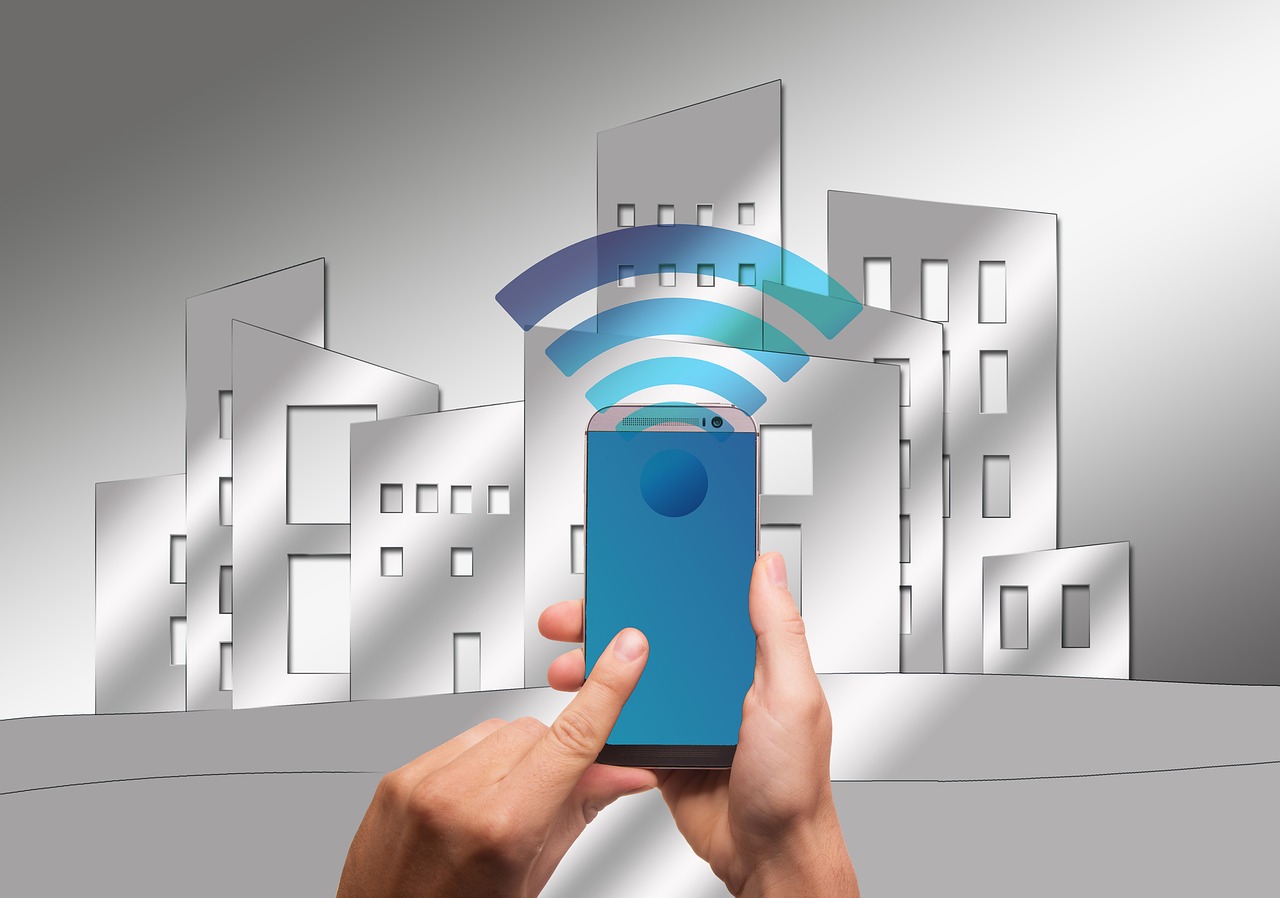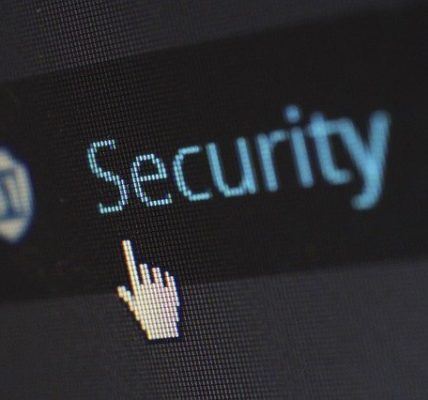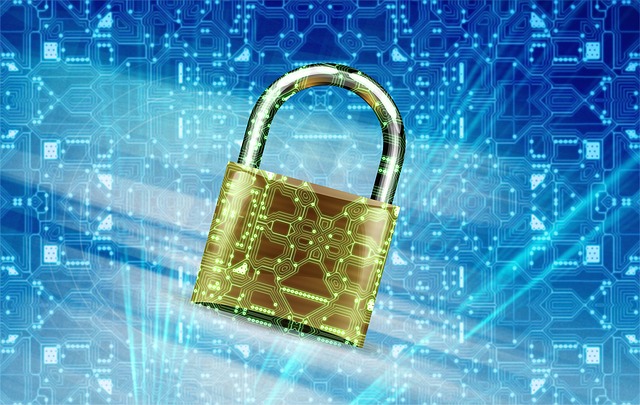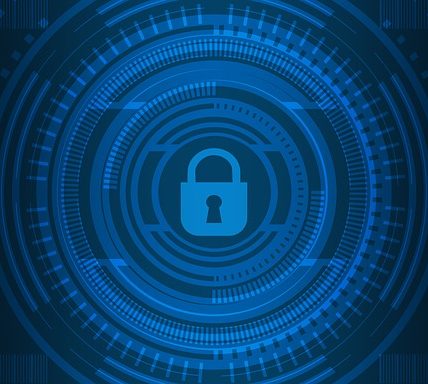
Billions of people across the world connect to the internet via their smartphone, laptop, desktop computer or another device. Not only will they use it to browse the latest news and articles, but they will send a considerable amount of their personal data into platforms, to companies and into the cloud.
Unfortunately, there are cybercriminals who have made a career of stealing an individual or organization’s financial information, social security numbers, location history, and other sensitive data.
It is, therefore, essential to safeguard operating systems and devices each day to avoid a data breach. Find out how to do so by reading this comprehensive guide to cybersecurity.
What is Cybersecurity?
Cybersecurity is a reference to tactics and processes designed to secure networks, data, and devices from a hacking, which can range from a cyber attack to an internal data breach.
Cybercriminals are aware of the value of social security numbers, passport numbers, trade secrets, financial data, and medical records, which is why they are willing to go to great lengths to gain access to the sensitive information. As a result, they are regularly developing and deploying innovative tactics to take advantage of hardware or software vulnerabilities and embarking on underhand tactics to enter a network.
Who Should Care About Cybersecurity?
Everyone should take cybersecurity seriously, as billions of people across the world were reportedly victim to either a cyber attack or data breach in 2018. Individuals must introduce stronger passwords, data encryption, two-factor authentication and install an anti-virus program onto their devices.
However, small to medium-sized enterprises are facing the biggest risk for cybercrime, as hackers often prefer them over large corporations that will have more complex cybersecurity systems in place. However, SMEs will also have much more valuable data in comparison to individuals.
If a small or medium sized business does become a victim of a cyber attack, not only will they need to recover their operations, but it could potentially lose customers due to a negative reputation.
What are the Different Types of Cyberattacks?
As mentioned, cybercriminals regularly deploy a variety of hacking tactics to gain access to a device or network. Once they infiltrate a system, they may attempt to capture, alter, delete or corrupt data.
One of the most common hacking techniques is a brute force attack, which is when a cybercriminal will persistently attempt to guess usernames and passwords for an account or application. They are likely to enjoy great success when a user uses a weak password or an obvious username.
Many hackers can also deploy different forms of malware attacks, which have been designed to help them gain access to a computer or network. For example, ransomware attacks are on the rise, which will encrypt a company’s data and hold their files hostage until a user pays their specified ransom for the unlocking of the data. Spyware is also another popular type of malware, which can spy on a user’s activity on a device.
Phishing scams are one of the most deceptive forms of cyber attacks, as they have been designed to trick people into clicking on malicious links via email or through a replica website, encouraging people to input their personal data into a fake account. In fact, it was reported that 75% of companies became a phishing victim in 2018.
A Hardware Attack
Cybercrime cannot only impact operating systems and networks, but hardware can also be susceptible to hacking. For example, it is possible for a hacker to embed a malicious circuit into a PCB design, with the aim of launching a hardware attack at a later date.
For this reason, engineers must utilize PCB printed circuit board design tools to effectively organize components onto a virtual board, which can successfully keep track of any holes, traces, and materials.
How to Defend Against a Cyberattack
Prevention is better than cure when it comes to cybersecurity. For this reason, organizations of every size must introduce various cybersecurity solutions to defend against a potential attack.
If you have yet to do so, you must install a dependable antivirus program to monitor your network for various bugs. It will also immediately detect and eliminate a virus or malware program from your device and will send an alert when you click on an unsafe website or download a malicious piece of software.
Another essential security solution you shouldn’t overlook is either a hardware or software firewall, which can effectively keep malicious cybercriminals at bay. The innovative filter will assess both the legitimacy and safety of every user or system that attempts to enter your network.
A virtual private network (VPN) can be an effective cybersecurity defense, as it will encrypt your data when it both enters and exits your web server. Ultimately, it can prevent your information from being both read and spied on by either cybercriminals or harmful software.
However, while it can effectively protect your company from malicious spyware, it will not shield your network from viruses or trojans that can enter a system via a replica VPN link or a phishing scam. It is, therefore, an effective cybersecurity solution when combined with other measures.
Unfortunately, employee negligence is the biggest cybersecurity threat to your business. It can be easy for employees to download a malicious attachment, click on a phishing URL or connect to an unsecured network, which can each welcome a hacker onto your network. To prevent human error from causing vulnerabilities that could lead to a data breach, you must provide your staff with extensive cybersecurity training, so they can avoid making simple mistakes that could have huge ramifications for your business.
For example, you can educate your team on the importance of:
- A unique username
- A strong password
- Two-factor authentication
- Avoiding public Wi-Fi networks on their personal and professional devices
Cybersecurity poses a real and serious threat to your network and devices. If you have yet to do so, you should take the steps to protect your data, or you might become a hacker’s next victim.










![Watch Video Now on xiaohongshu.com [以色列Elevatione perfectio X美容仪 perfectio X 全新仪器黑科技了解下]](https://www.techburgeon.com/wp-content/uploads/2019/07/perfectiox-singapore-150x150.jpg)
